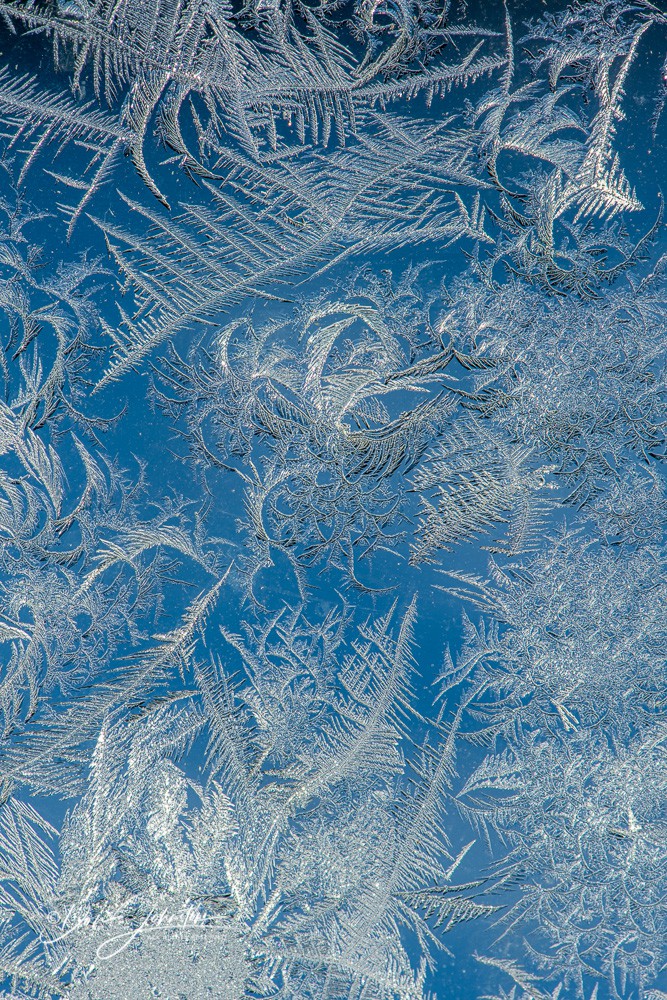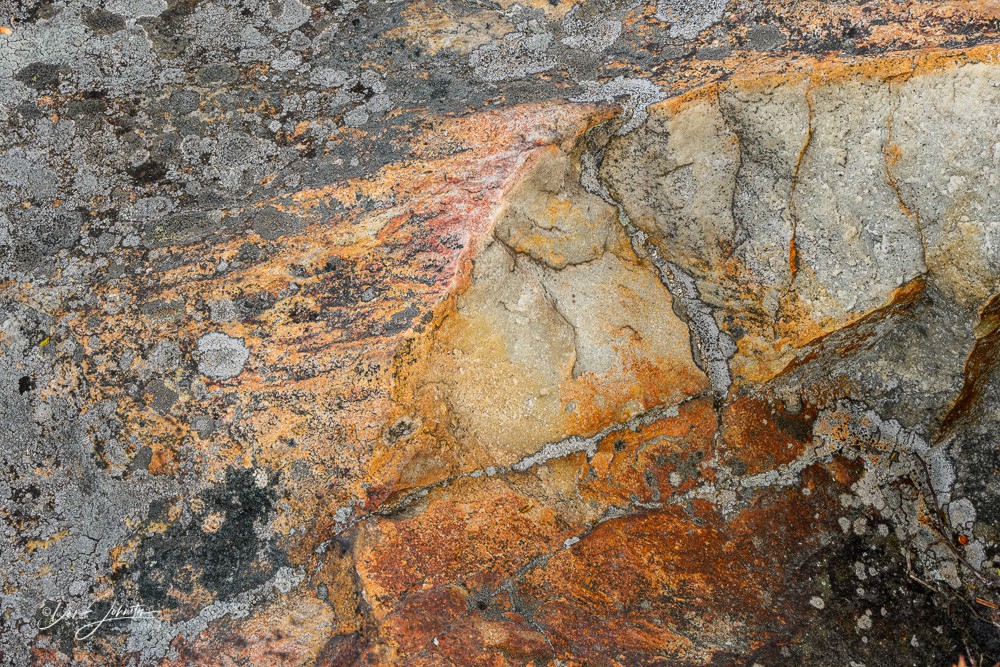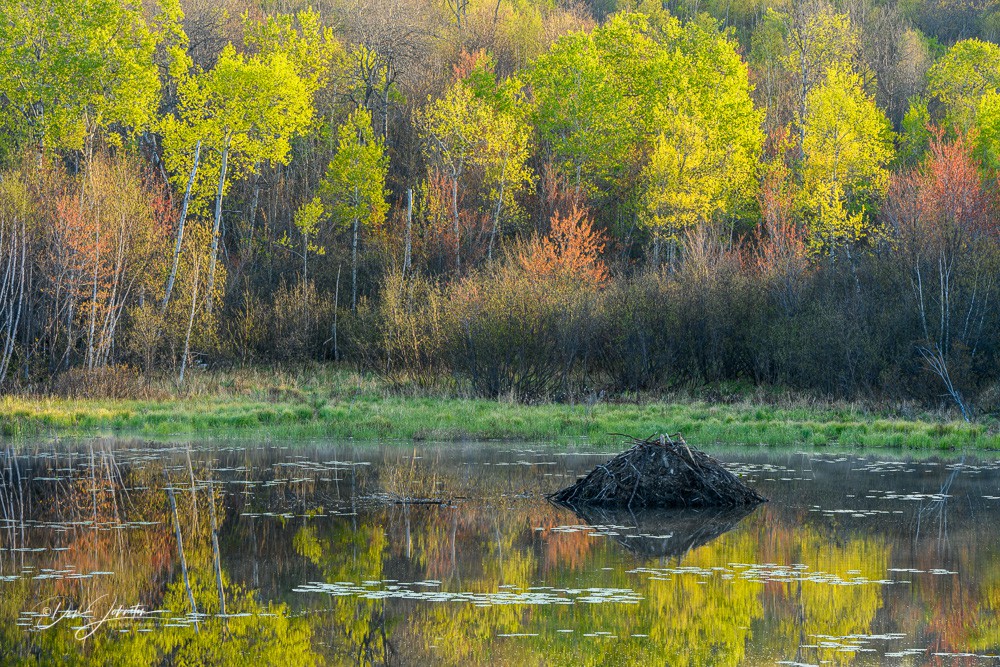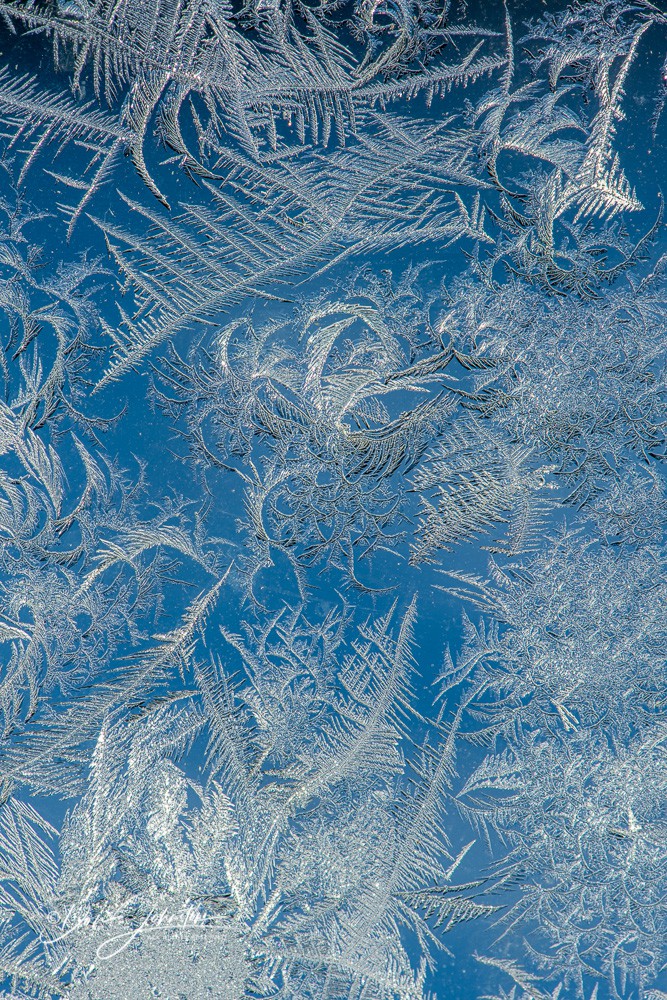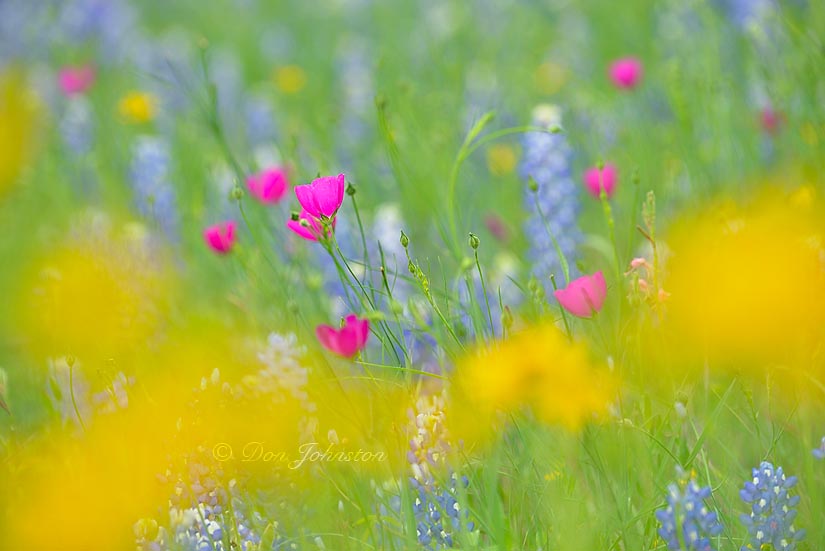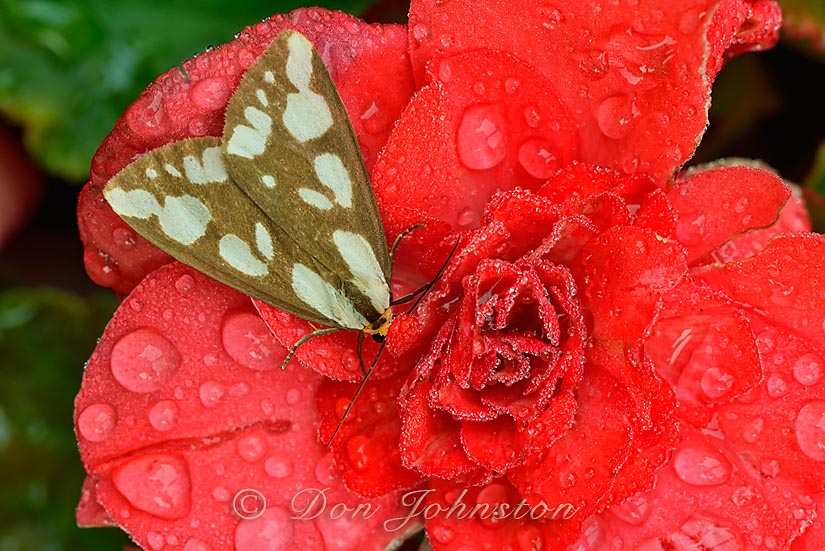In another life I taught High School Science. Biology was my specialty. One of the topics I presented was ‘water- it’s special properties’ something that all Biology students need to understand in order to study Biology at any level of Biology, be it biochemical or ecological.

Raindrops collect on the waxy surface of a fallen leaf
Safe to say this was not the most exciting topic for biology students, especially at the start of the semester but I endeavoured to make it as interesting and applicable as possible using some simple but very cool demonstrations that always captured student interest and helped make them appreciate the topic.

Raindrops cling to a garden flower stem.
Water molecules are peculiar and one can demonstrate their fascinating nature by observing the behaviour of water drops. I sprinkled some water on a sheet of wax paper placed on an overhead projector. With a toothpick I towed water drops around on the slippery surface and the students could watch them merge when they got close together- always retaining their round shapes. Terms like hydrophobic and hydrophilic could be introduced. In another demonstration (which needs low humidity btw!) I combed my hair to put an electrostatic charge on the comb and then used it to attract a thin stream of water from the faucet.

Interrupted fern (Osmunda claytoniana) fronds with raindrops

Canada blue joint, Calamagrostis canadensis. Raindrops bead up on the waxy leaves
Living things take advantage of these peculiar properties in many ways and it was then my task to try and make those connections over the course of the semester.

Yellowing garden iris leaves and raindrops in autumn
These days I am a photographer, but still fascinated by water drops clinging to stalks of grass, glistening on spider silk or beading up on the waxy surfaces of leaves. To photograph these phenomena I need a macro lens, tripod, calm conditions and preferably soft overcast light, but backlighting could work occasionally too. Shallow depths of field and careful framing are important factors to achieving success. Keywords such as ’round’, ‘fresh’, ‘delicate’, ‘reflections’, come to mind when photographing. I like soft backgrounds achieved by using shallow depths of field. Keeping the raindrops in focus requires careful camera position, parallel to the main plane of the drops or sometimes I use Helicon focus stacking techniques to merge different areas of sharpness.

Raindrops clinging to strands of hairgrass in late summer

Raindrops on grass spider web with red blueberry leaf

Staghorn sumac (Rhus typhina) Autumn leaves with raindrops
After a light rain I hope for calm conditions and then venture out. Normally I do not need to go far.
Brenda and I will be away for over a month, exploring the Northwest Territories to Wood Buffalo NP and up to Yellowknife, with another tour in to Arctic Haven Lodge in Nunavut included. I won’t be blogging until after I return but until then good shooting!
